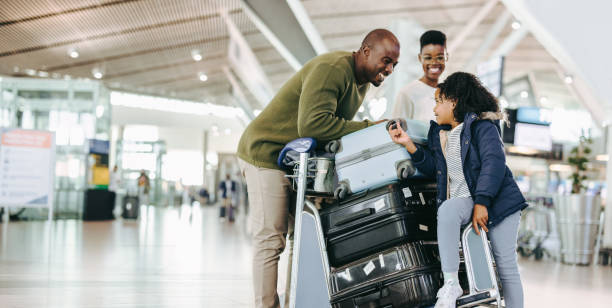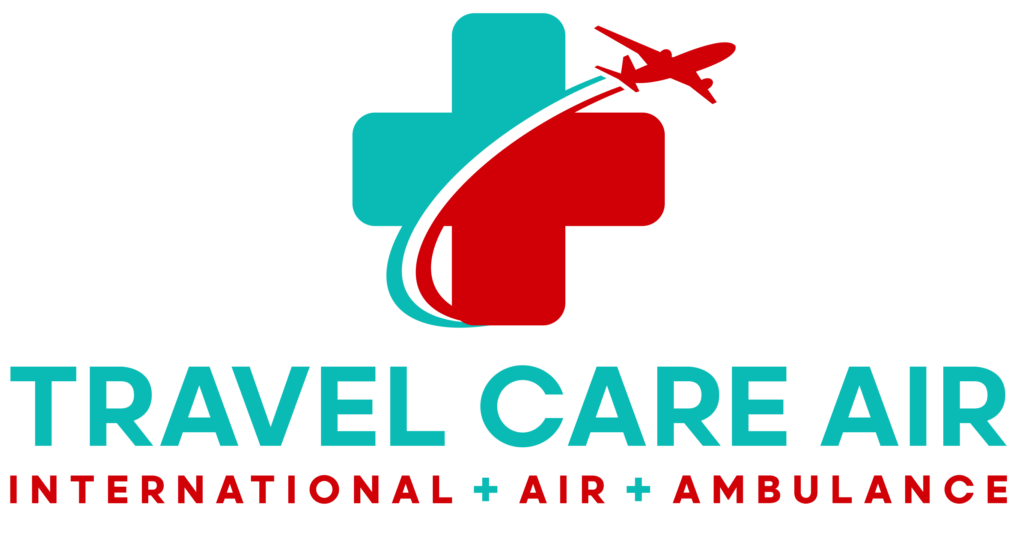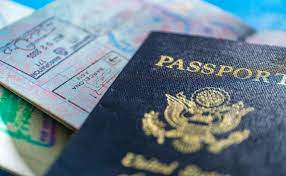When you’re focused on the status of a loved one’s health, it’s easy for all of the logistics to feel secondary and unimportant. But when travel is involved, especially on an air ambulance, what you pack really matters. Families who are accompanying a patient need to think about things like comfort, all of the essentials, and how to stay prepared throughout the journey.
That’s why taking the time to plan ahead is important. Packing for a medical flight means understanding what’s needed, knowing what’s provided for you, and finding out what will help make the experience as smooth as possible. Whether it’s a short transfer or a longer medical flight, having a plan in place will help reduce stress and will ensure that both the patient and family members feel supported from the time of takeoff until arrival.
Here’s what you’ll learn:
- What to bring when packing for a medical flight
- Important documents, comfort items, and personal essentials you’ll need
- Expert advice that is based on real medical flight preparation and experience
- What to expect during an air ambulance trip
What to Bring on a Medical Flight
When you’re packing for a medical flight, making sure that you have the right items with you can make the experience a whole lot smoother for both the patient and their accompanying family members.
Start with the basics. Bring all personal identification, insurance cards, and copies of medical records, including any recent test results or doctor’s notes.
Medications should be packed in their original bottles, along with any approved medical equipment that the crew has asked you to bring.
To be as comfortable as possible, consider packing small personal items like a blanket, neck pillow, noise-canceling headphones, light snacks, and a change of clothes. These can help ease any stress during the journey.
Don’t forget to bring electronics and chargers, especially if you need to stay connected with your family or care teams during the trip.
If you’re traveling with a child, make sure to bring anything that helps keep them calm and comfortable, like a tablet or their favorite toy.
Good medical flight preparation includes taking the time to think through not just the patient’s needs, but also your own. These family medical transport tips are going to help make sure that everyone feels as ready as possible for the medical flight ahead.

What Not to Pack for a Medical Flight
When you’re packing for a medical flight, it’s just as important to know what not to bring. Because the space onboard an air ambulance is limited and every item must serve an important purpose, packing light is absolutely essential.
Large suitcases, bulky luggage, or extra bags can’t be accommodated. Avoid bringing duplicate clothing, full-size toiletries, or any kind of valuables like jewelry. Most air ambulance crews provide the essentials, including medical equipment, oxygen, monitors, and basic comfort items like blankets. That means there’s no need to pack extra medical gear unless your transport team specifically asks for it.
Liquids that are over the TSA limits, aerosol sprays, sharp objects, or anything that is restricted on commercial flights should be left at home. That also includes anything that could shift or spill during the flight, like oversized water bottles or glass containers.Proper planning when packing for a medical flight means staying flexible and practical. These family medical transport tips can help prevent any delays and will make sure that everyone stays safe and comfortable while onboard. When in doubt, check with your transport coordinator first…that’s a big part of smart packing for air ambulance travel.
Getting Through the Journey Together
Traveling with a loved one on a medical flight can be emotional and unfamiliar. One way to stay calm and grounded is by preparing ahead of time and staying well connected to your support team. Part of good medical flight preparation is having a clear plan in place, so speak with your transport coordinator before the trip. They can answer all of your questions, confirm what’s provided and what you need to bring, and help you feel as prepared as possible.
It also helps to bring a few familiar items that can comfort the patient, like a favorite blanket, book, or photo. For children, elderly family members, or anyone feeling anxious, soft distractions like a tablet or calming music can make a big difference.
If your journey is part of a medical repatriation, that is, returning home from another country, your coordinator will help you understand all of the paperwork, details on timing, and what you can expect along the way.
Most importantly, be kind to yourself. Packing for a medical flight goes beyond what you put in a suitcase. It’s also about giving yourself space to breathe and preparing emotionally, giving your loved one the care they need, and making sure you’re supported along the way.
Helping You Feel Ready Every Step of the Way
Getting ready for a medical flight involves more than knowing what to bring. It’s about reducing any stress, keeping your loved one comfortable, and making sure everyone involved feels supported. With over 40 years of experience in air medical transport, Travel Care Air understands what families need…before, during, and after the flight.
Our team is here to guide you through every detail, including giving clear information on packing for air ambulance recommendations based on your route, condition, and unique care plan. When you’re focused on your loved one, we’ll make sure nothing gets missed.
Packing for a medical flight is easier when you have the right support behind you.
Contact Travel Care Air today online or by calling 1-800-524-7633 for a customized packing checklist and expert travel support.
Frequently Asked Questions
What must occur before activating an air medical transport?
Before an air ambulance is scheduled, there needs to be medical clearance from a physician, confirmation of insurance or payment details, and coordination between the sending and receiving facilities to ensure everything is ready for the patient.
What happens on a medical flight?
During a medical flight, the patient is monitored by trained medical staff throughout the journey. Vital signs, oxygen levels, and comfort levels are closely watched, and the flight team stays in communication with both the family and receiving care team. These family medical transport tips help make the process smoother for everyone involved.
What is the medical repatriation process?
Medical repatriation involves bringing a patient home from another country. This includes preparing travel documents, coordinating care across borders, and arranging for a medical escort or air ambulance depending on the patient’s condition.

